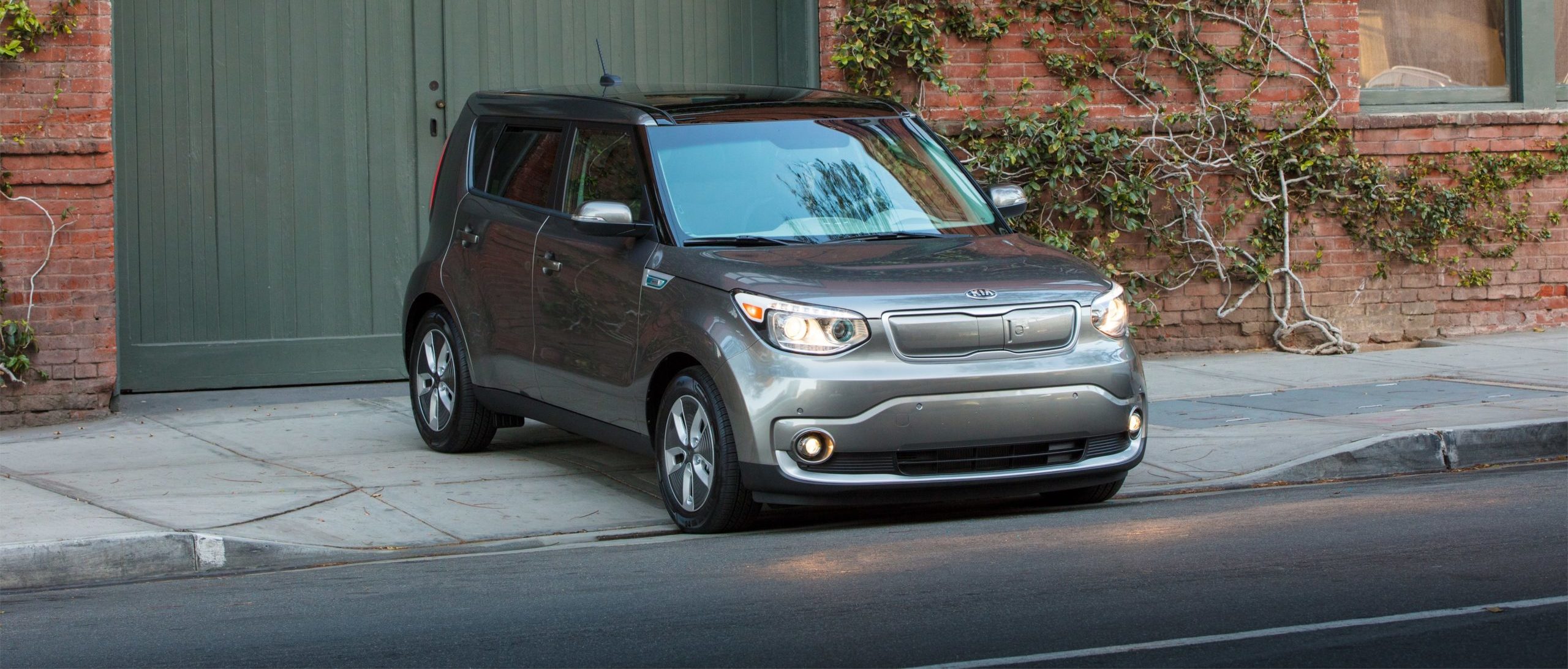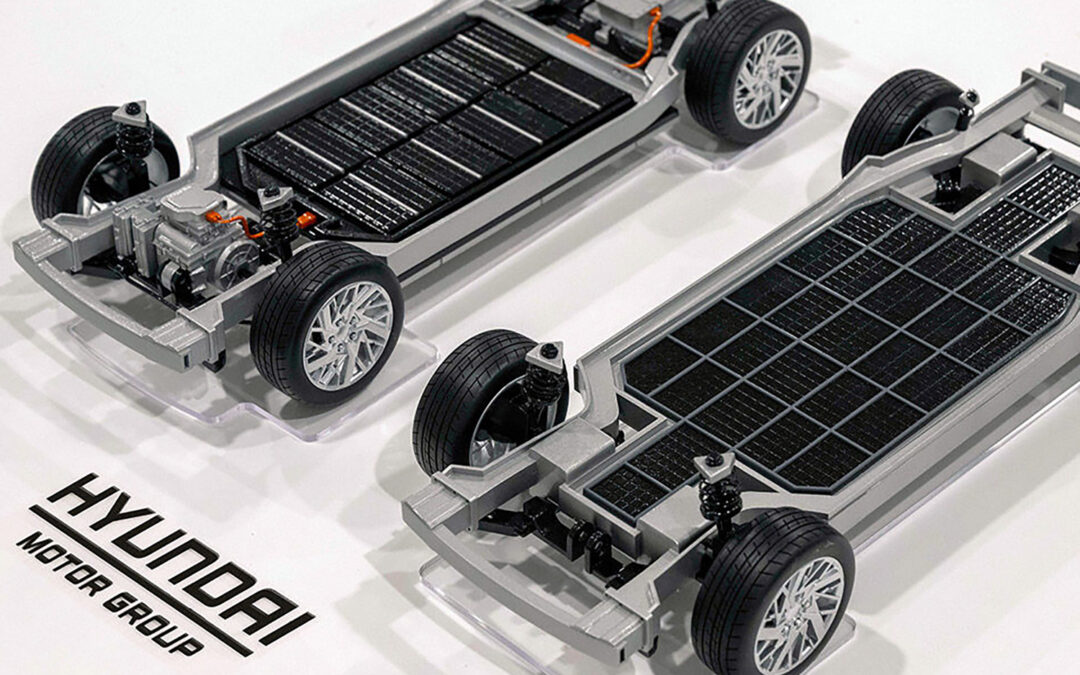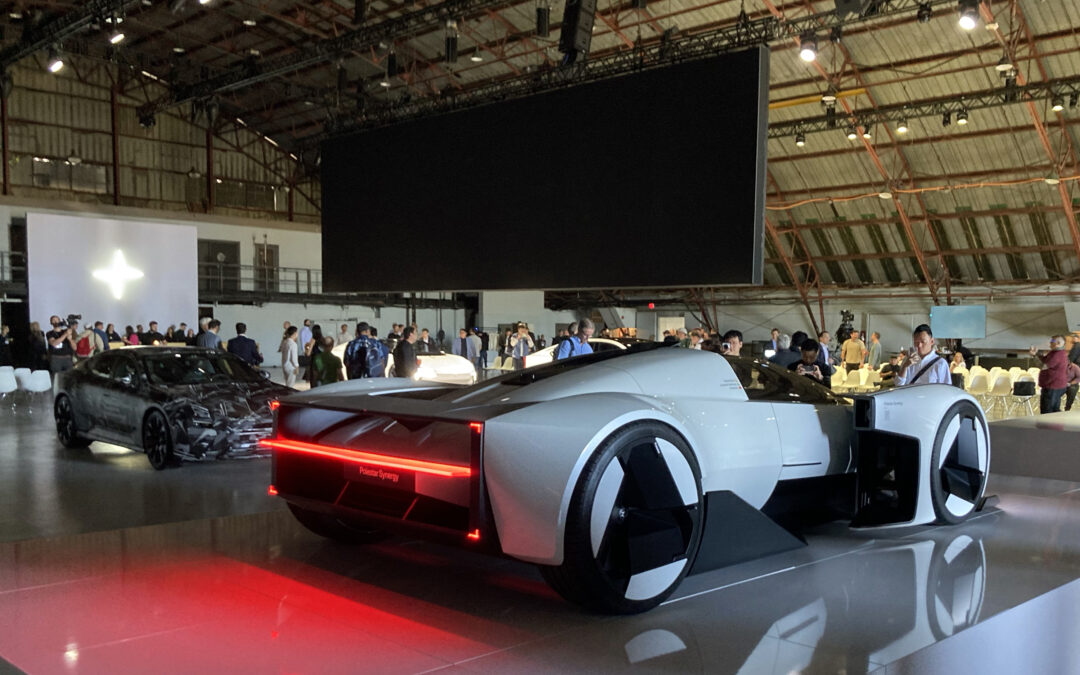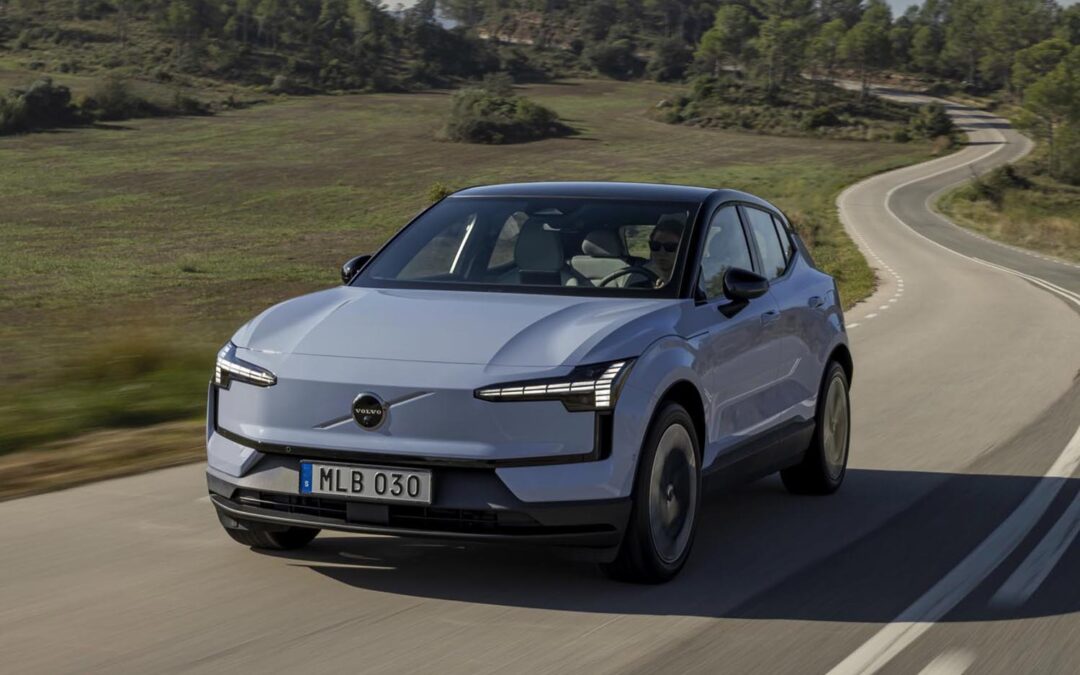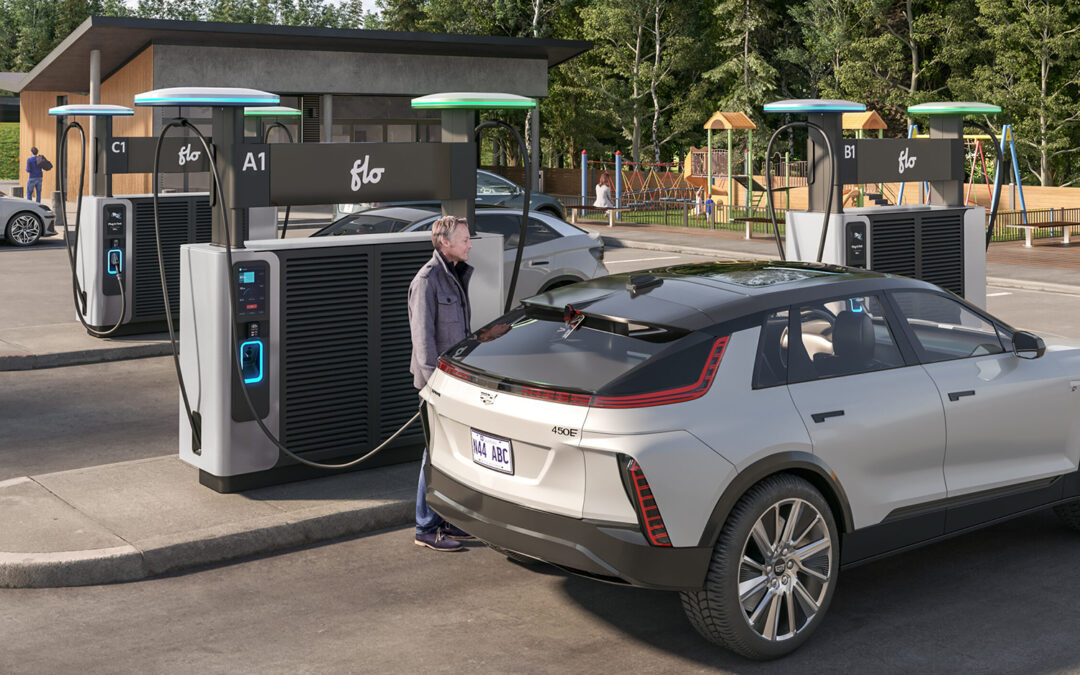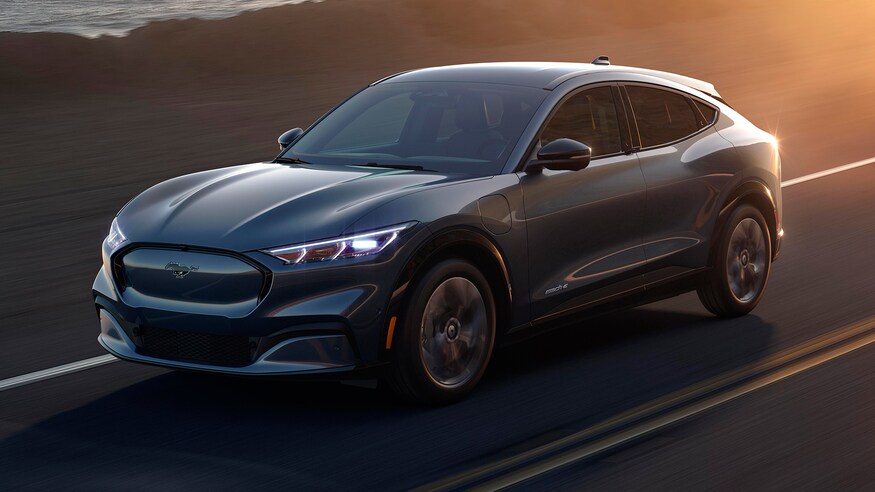With electrified vehicles having been on the road for more than a decade, there are plenty of used choices available for consumers looking for value. As an ongoing series, we’ll look back at various generations of battery electrics, PHEVs and hybrids to give you the information you need to make an educated choice. And check out The Charge’s Browse EVs for Sale page to find what you’re looking for.
The 2015 Kia Soul EV was the brand’s first battery electric vehicle, based on the second-generation Soul that had debuted the year before.
At the time, what impressed us about the Soul EV was that the switch to electric power from gas had no effect on the car’s packaging, with cargo and passenger space identical to that of the combustion-powered model. It was also a good example of how much refinement a nearly silent electric powertrain can contribute to an otherwise inexpensive economy car.
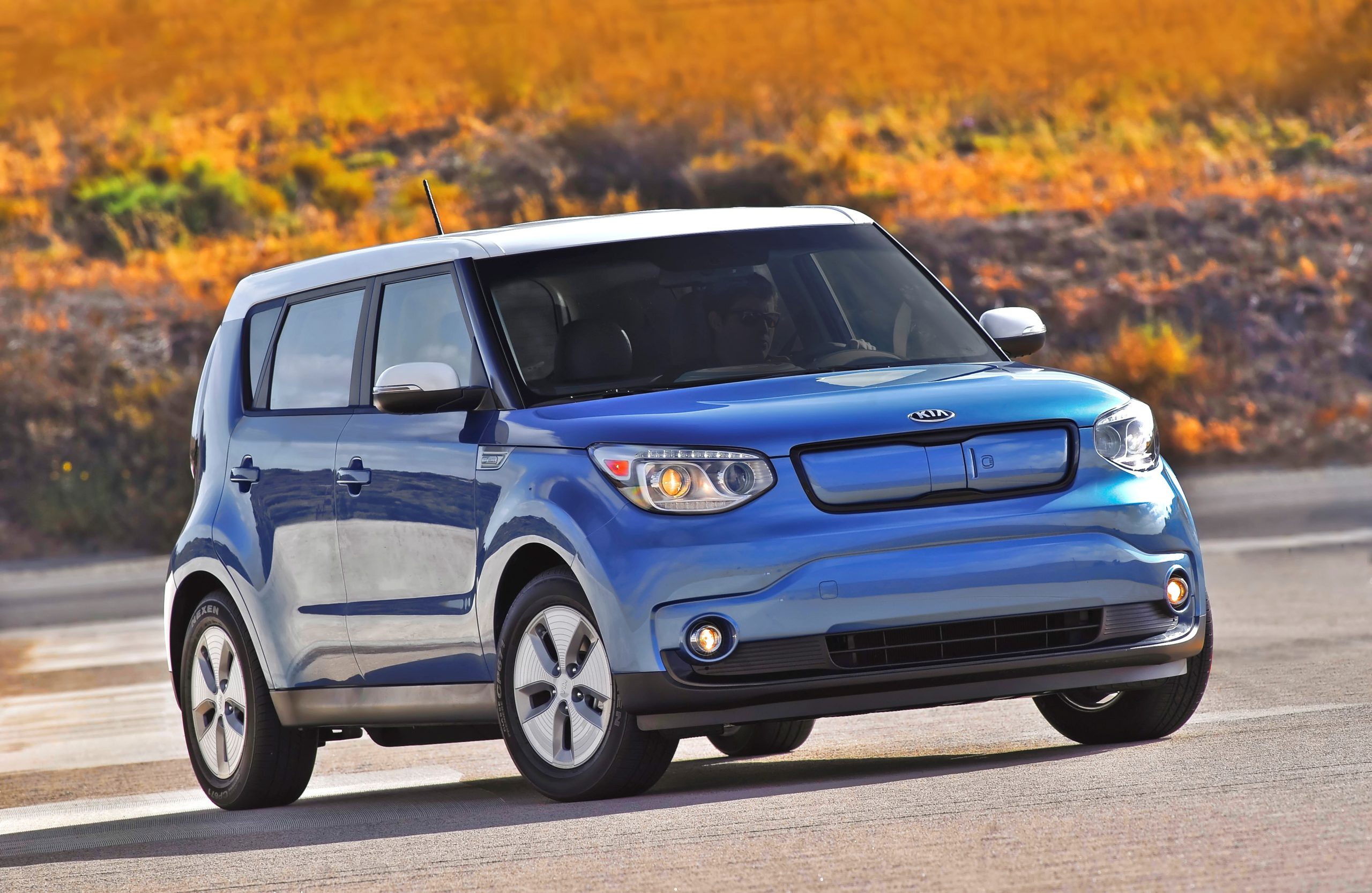
2015 Kia Soul EV
In early models, the Soul EV’s electric motor delivers 109 hp and 210 lb-ft of torque, and when new, the 27-kWh battery promised 149 km of range on a full charge. According to Natural Resources Canada, driving range improved to 179 km in the 2018 model.
Kia rolled out a new Soul EV in 2020 based on the car’s third-generation design, with an improved electric drivetrain to go with its fresh appearance. Now buyers could choose from two powertrain options: A base Premium model offered 134 hp/291 lb-ft and 248 km of range, and a Limited package brought a bigger battery that supplied 201 hp and promised 383 km of range.
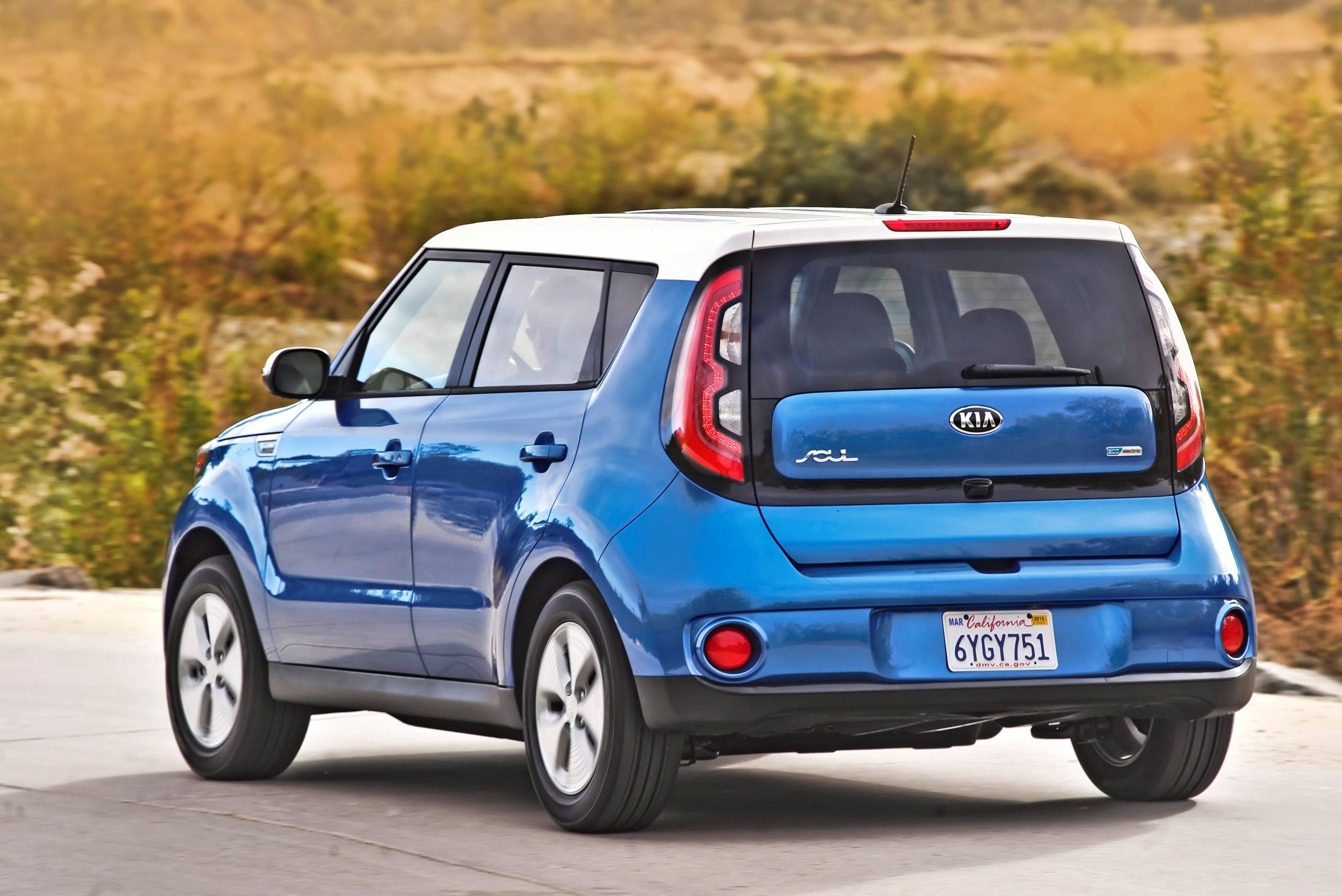
2015 Kia Soul EV
The Soul EV’s energy consumption also improved through the years: A 2015 model is rated for 2.0/2.6 Le/100 km (city/highway), but by 2022 those figures were 1.8/2.3 Le/100 km for the base model, and 1.9/2.4 Le/100 km with the Limited model’s extended-range battery.
Used pricing
According to Carfax Canada, the average value for a used first-generation Kia Soul EV ranges from $14,785 for a 2015 base model to $23,043 for a 2019 Luxury model. Values for the redesigned Soul EV start at $29,775 in Premium configuration for a 2020 model, the most recent year for which Carfax has used price estimates for the electric Soul.
Trim levels and features
If you shop for an early Kia Soul EV in base trim, you’ll get 16-inch alloy wheels, auto on/off headlights, heated front seats and steering wheel, passive keyless entry, and navigation in an 8.0-inch touchscreen. The uplevel Luxury trim added ventilated front seats, heated rear seats, front and rear parking sensors, and an HVAC heat pump for more efficient cabin heating in the winter. The only change for 2016 was the addition of a sunroof option for Luxury models.
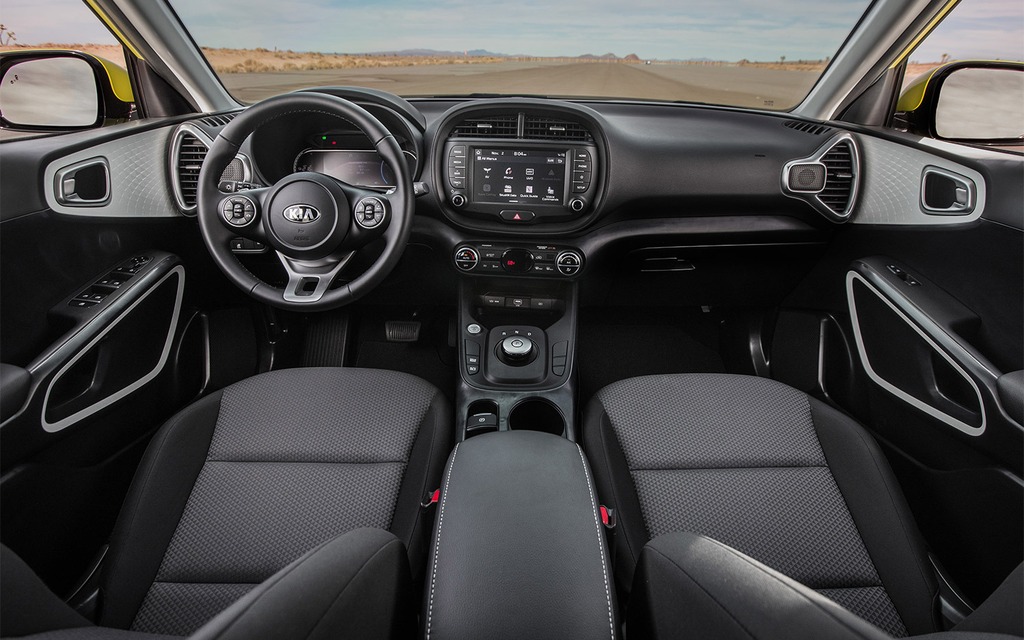
2020 Kia Soul EV
The redesigned 2020 Soul EV’s base Premium trim offered a similar list of standard features, but with a 10.25-inch touchscreen and 17-inch wheels. It also came with a suite of safety features comprising radar cruise control, blind spot monitoring, lane keep assist, rear cross-traffic alert, and forward collision mitigation. The Limited trim added rain-sensing wipers, a sunroof, leather, ventilated front seats and heated rears, a head-up display, and ambient lighting.
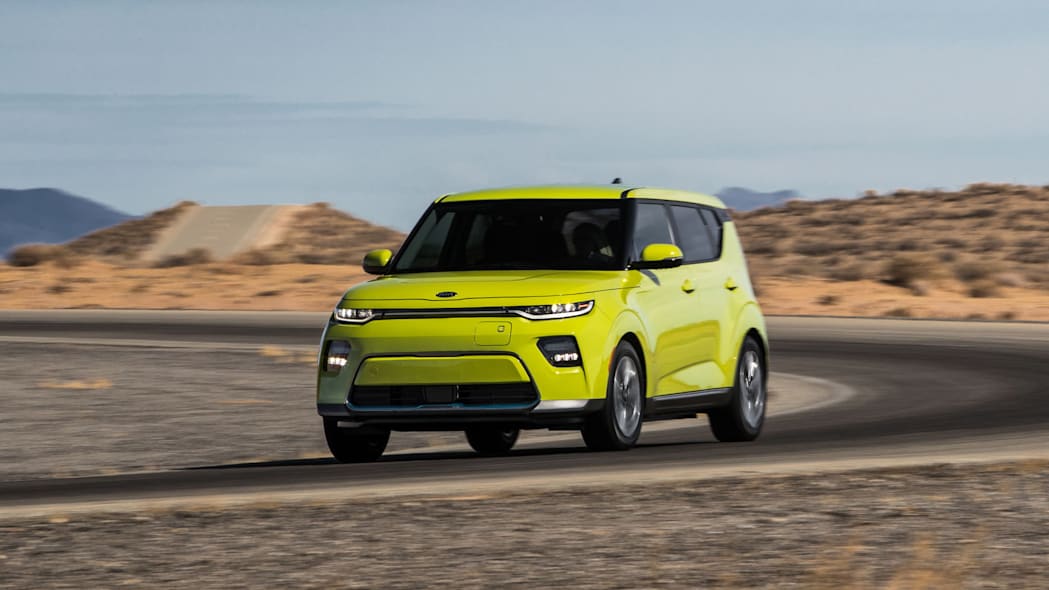
2020 Kia Soul EV
How healthy is the battery?
The big thing to watch for when shopping for a used Kia Soul EV is the state of the battery pack. It’s normal for an EV battery to degrade a certain amount over time, due to the stresses of charging and discharging, which translates into a loss of driving range as the car ages. However, numerous owners posting in online discussion forums complain about significant battery degradation which, when you’re talking about an early Soul EV and its roughly 150-km range promise, is a major hit to the car’s practicality.
In April 2022, Norwegian BEV enthusiast and prolific YouTuber Bjorn Nyland performed a battery degradation test on a seven-year-old Kia Soul with about 100,000 km on its odometer. He found that particular car’s battery had about two-thirds of its original capacity left and provided far less driving range than it did when the car was new. You can watch Nyland’s video here and read Inside EVs’ summary of his experiment here.
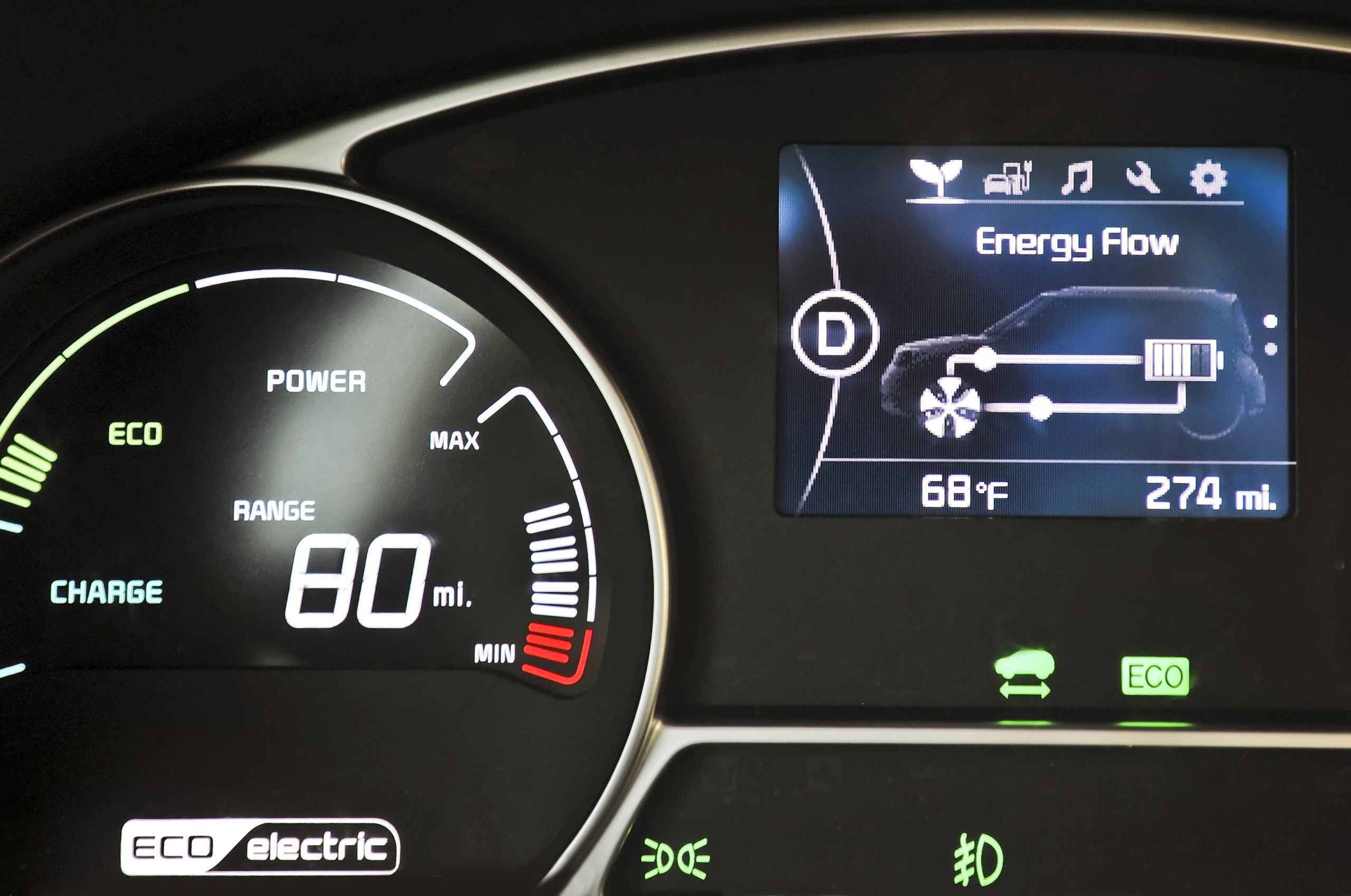
2017 Kia Soul EV
Here’s one owner’s story about Kia replacing the battery in their 2015 Soul EV under warranty (in 2018) after it degraded to the point of providing about 50 miles (80 km/h) on a charge – about half of what it provided when it was new.
You can check the health of a Soul EV’s battery using smartphone apps like Soul EV Spy and Torque. You’ll find more discussions about battery life in this section at the MyKiaSoulEV forums.
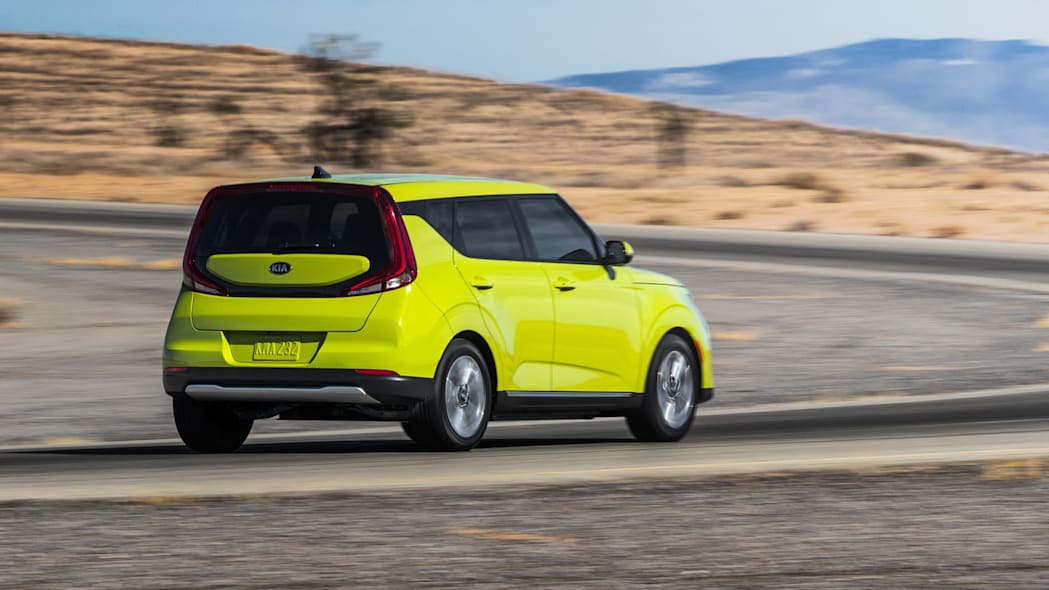
2020 Kia Soul EV
Get the 12-volt battery tested
Even BEVs have a 12-volt battery like the one that starts the engine in a combustion-powered car, and in the Soul EV (as in gas-powered Soul models and many other cars), it’s prone to becoming discharged due to the demands of helping to power a modern car’s complex electrical system.
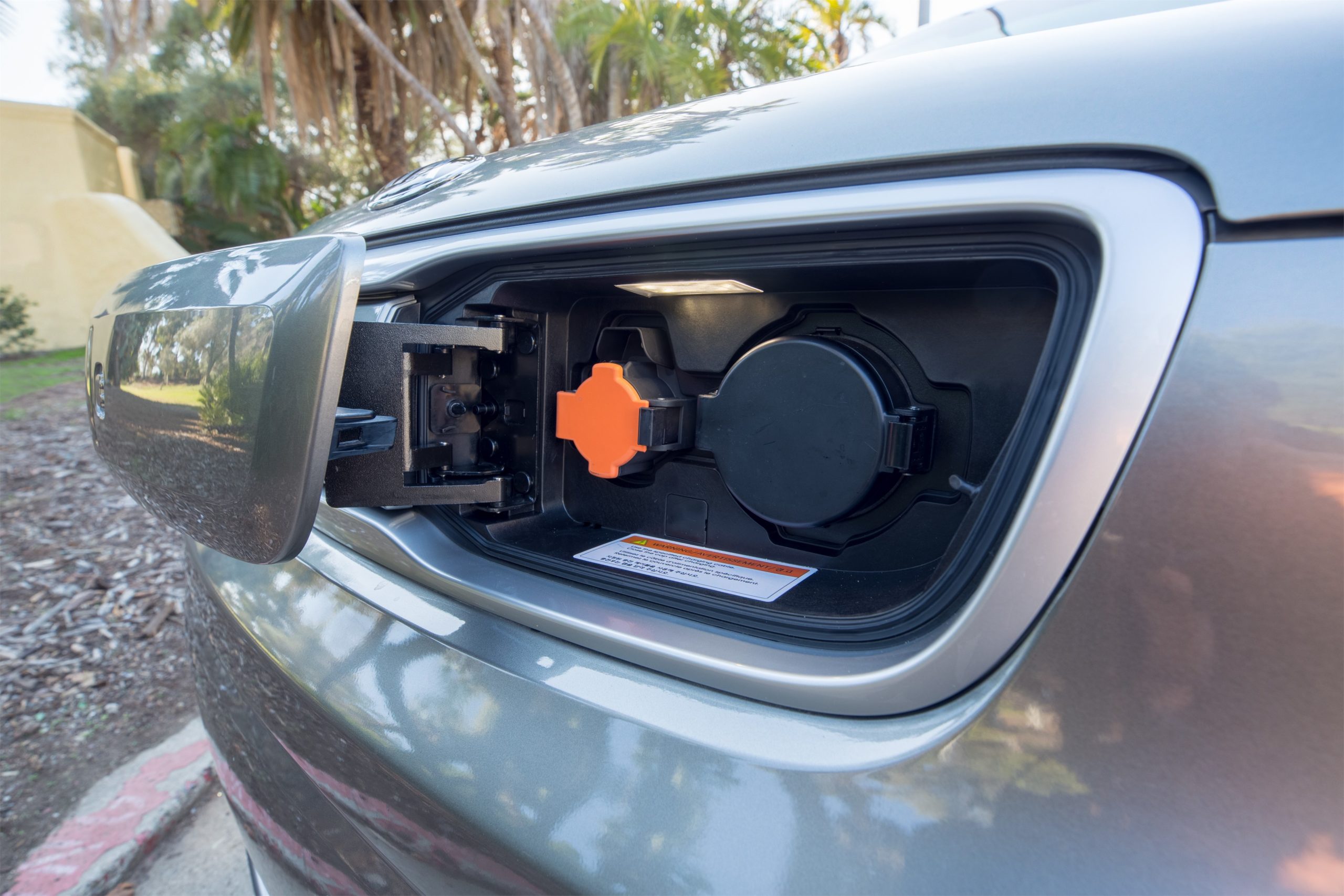
2018 Kia Soul EV
In an EV, the 12-volt battery provides the power needed to boot up the car’s computerized controls, so a dead one will manifest similarly to how it would in a gas car: It simply won’t turn on. A weak battery may have enough juice to turn the car on, but could cause strange electric gremlins.
Listen for front suspension noises
There are also a few common Kia Soul problems not specific to the BEV version. One is a groaning or crunching sound from the front suspension. In one owner’s case, Kia told them that was normal in the Soul, but we (and many Soul owners) disagree. Our suggestion is that it could be a worn suspension bushing, a rubber insulator that helps isolate suspension noise before it is transmitted into the car’s structure.
Here’s another discussion about other annoying suspension sounds.
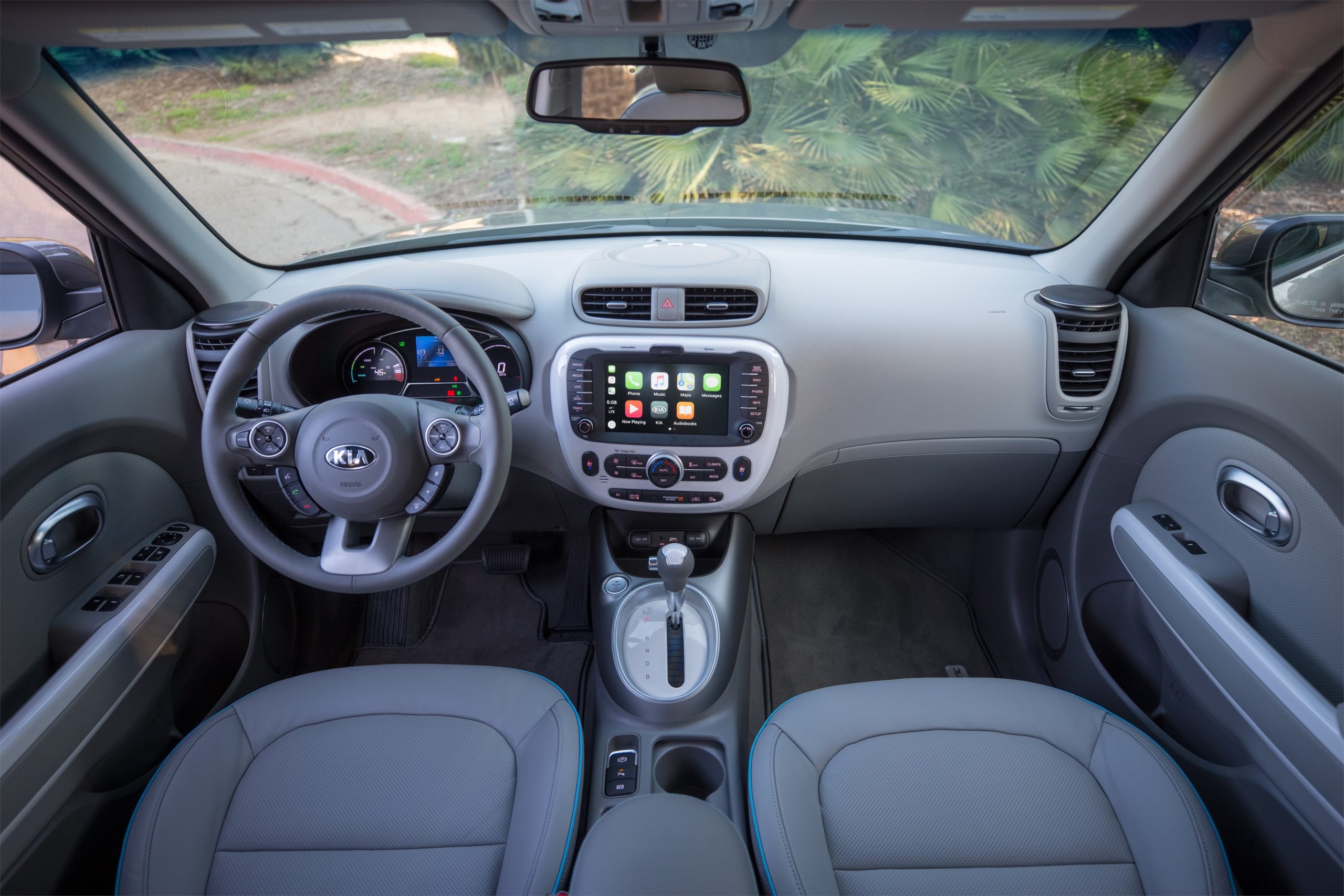
2018 Kia Soul EV
Watch for wet carpets
Wet carpets in the rear-seat footwells are often caused by a leaky sunroof. It’s common for small drain tubes meant to route water away from the sunroof opening to become blocked with debris, which can allow water to infiltrate the car’s cabin. If you find wet carpets in a Soul EV, find the source of the water and make sure the problem is corrected before you buy the car.
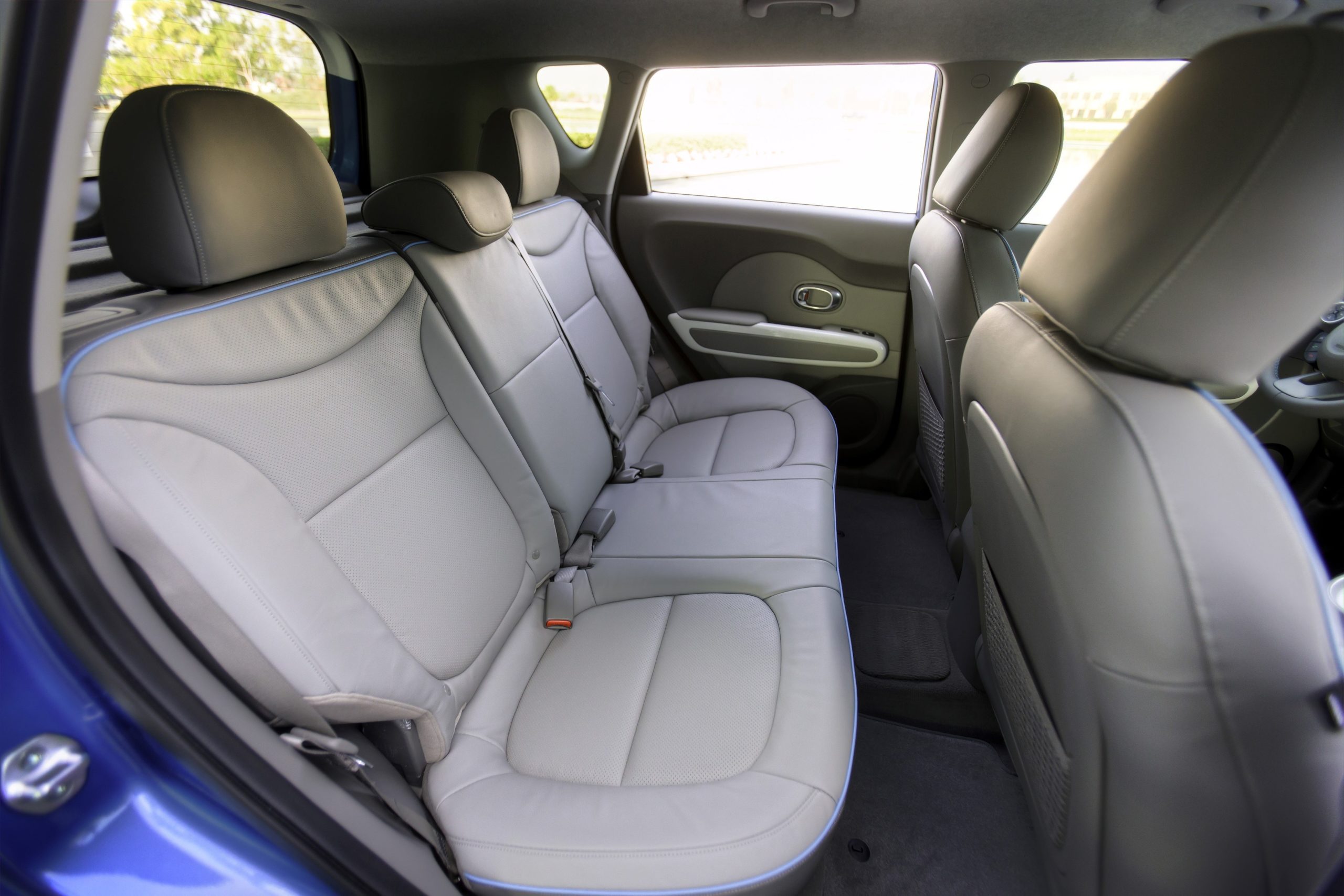
2017 Kia Soul EV
Make sure the tailgate opens and the rear wiper works
When test-driving a 2015-2019 Soul EV, try the rear wiper to make sure it works, and operate the tailgate latch using both the key fob and the button on the door itself. If either of these items does not work, or works intermittently, the problem could be frayed or broken wiring, as was the case with this Soul driver’s car.
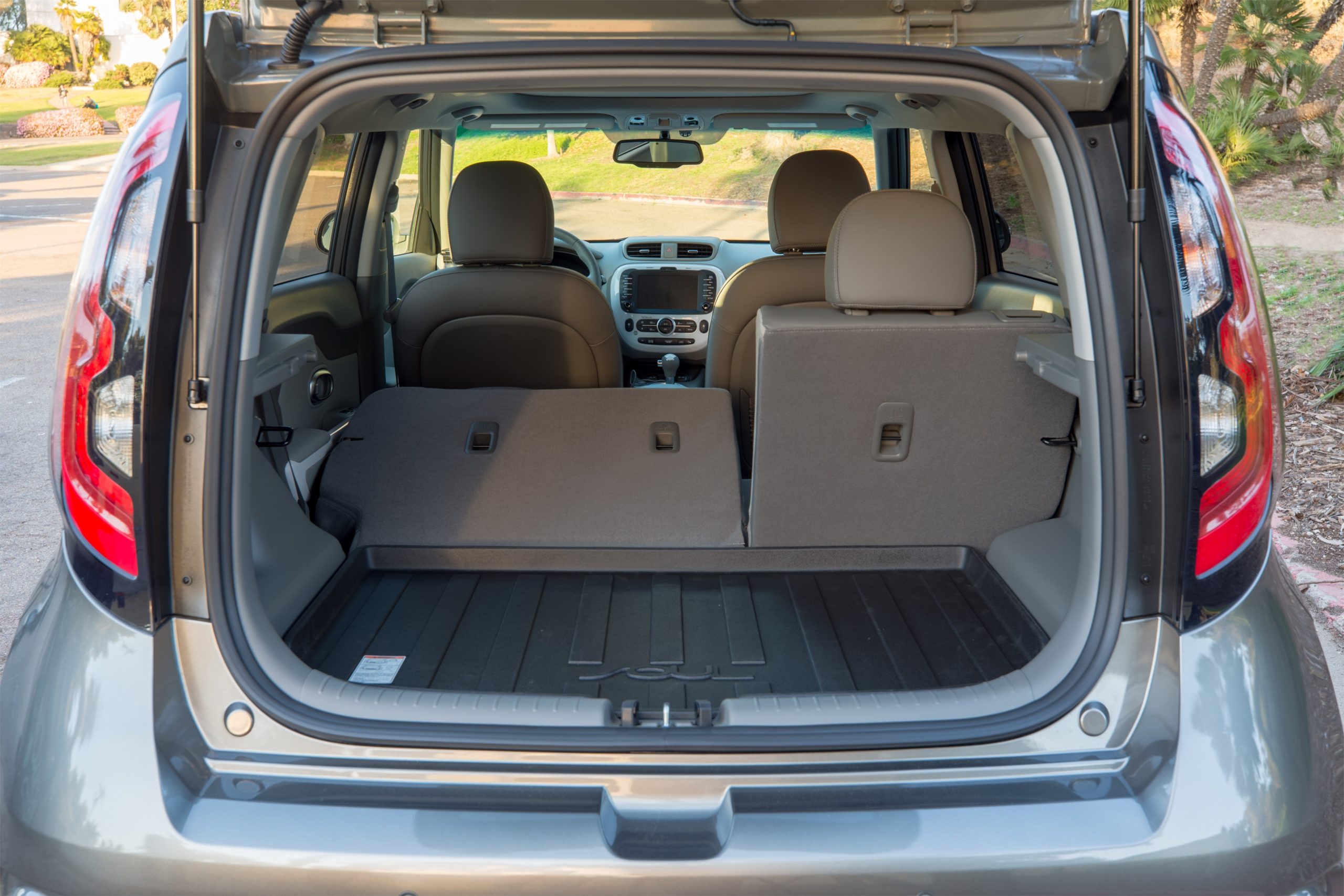
2018 Kia Soul EV
Does the clock work?
If the clock disappears from a 2015-2019 Kia Soul EV’s touchscreen display, there’s an easy fix: Remove and reinsert the SD card that stores the navigation system’s data. This happened to a large number of owners of various Kia models in the summer of 2019, so it may have been a one-off issue.
Check for paint chips on the hood and evidence of a faulty alignment
There are a few mentions in Kia discussion forums of paint that chips easily, which can promote corrosion, particularly on the Soul’s hood. This doesn’t seem to be a particularly widespread issue, but take a look at the leading edge of the hood for evidence of chipping paint, just in case.
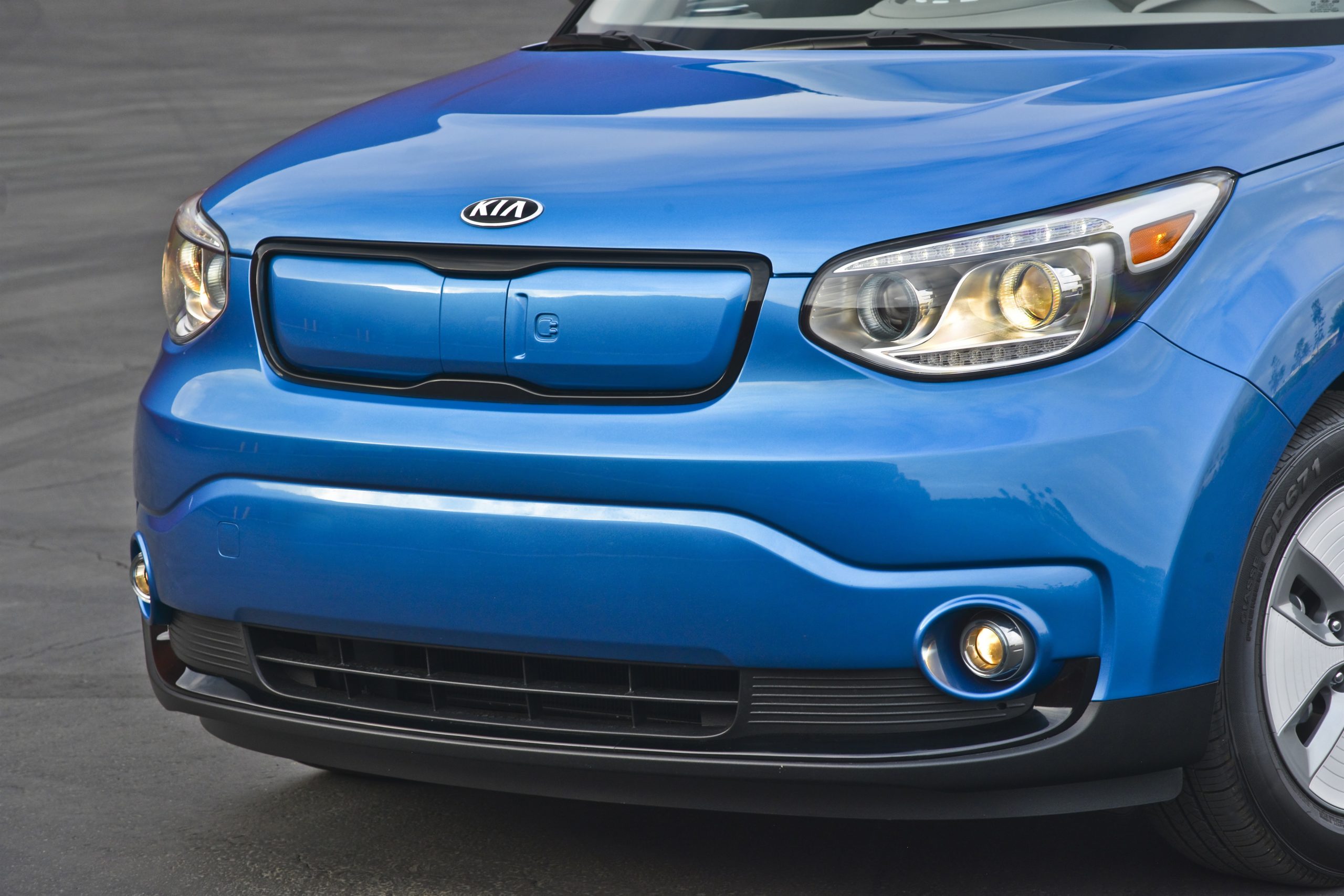
2016 Kia Soul EV
Another less-common issue is misaligned front wheels, which can cause vibrations felt in the steering wheel and premature tire wear. This is a problem that can affect any car, particularly if it has been driven over potholes or other road hazards. If you notice any excessive wear at the edges of the tread on the front tires, the car may need an alignment. It’s an easy process for a Kia dealer service department or many independent repair shops, but don’t wait too long: Misaligned wheels can cause rapid tire wear and put unnecessary stress on other suspension and steering components.
Safety ratings
In 2015, the Soul EV was named a Top Safety Pick by the U.S. Insurance Institute for Highway Safety (IIHS). That organization gave the car its “good” crash safety rating in all tests except for the small-overlap front passenger crash test, where it scored the Soul EV “acceptable” due to a risk of head and neck injury.
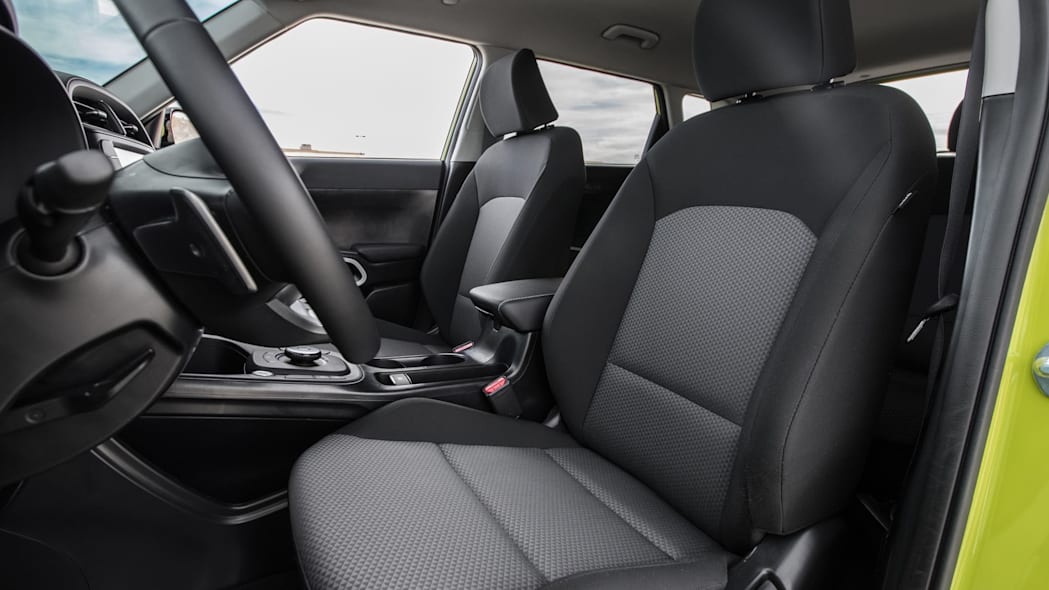
2020 Kia Soul EV
The redesigned 2020 Soul EV retained its IIHS Top Safety Pick designation and scored “good” grades across the board.
From the U.S. National Highway Traffic Safety Administration (NHTSA), the Soul EV got a five-star rating (the best possible) for driver protection in front crashes, and four stars for front passenger protection. The Soul got five stars in all side crash tests, and a four-star (out of five) score in the NHTSA’s rollover test, which measures a car’s risk of rolling over in a loss-of-control scenario.
The 2020 Kia Soul EV got the same scores in the NHTSA’s front, side and rollover tests.
